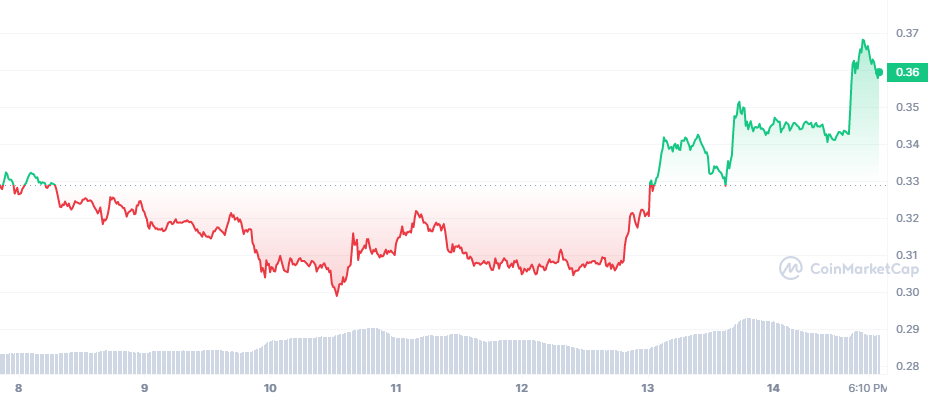According to a recent press release, a network of child abuse offenders was identified and taken down by law enforcement. The bust is one of the crypto world’s most historical moments, as the perpetrators were arrested after bitcoin payments were made. The bust has spurred discussion on whether crypto payments remain anonymous.
Case Closed
In 2017, a raid on a normal home in the suburbs of Atlanta was done by homeland security officers. The raid resulted in the apprehension of one of the key suspects in the child abuse ring. The officers apprehended the homeowner, a high school administrator. Investigations and testimonies yielded evidence of child pornography. This child pornography was noted to be distributed through a network whose other members were targets of law enforcement agencies.
According to the homeowner’s wife, she had found some images of naked children on her husband’s computer. Her husband dismissed these images as accidental downloads made during piracy attempts. These pieces of evidence helped discover a whole ring of child pornography that used bitcoin to pay for videos and pictures anonymously over the internet.
Following the Crumbs
Digital investigations of such computer crimes have grown intricate while still following the most basic principles. The arrests made in this case were a result of tracing the evidence. Much like Hansel and Gretel, the law enforcement officers utilized revolutionary software to trace the trail of evidence to the home.
This trace was done using software developed and used by the world’s three-letter agencies. This software was created to deal with issues stemming from crypto use in criminal activities.
Software such as Chain analysis and Reactor was engineered specifically for the tracking process. This software works by tracing payments through the blockchain. This blockchain is an immutable public ledger used to confirm and record transactions.
The software traces the transactions and sorts them into clusters that may have any number of accounts. These clusters are then used to de-anonymise the addresses of suspected users by tracing them to identifiable accounts. The transactions can also be traced to exchanges where users have to provide identification information.
In the case of this bust, thousands of users were noted to have utilised the service. Many of these individuals failed to obscure their identities, often buying bitcoin directly from exchanges and transferring funds from their personal wallets. These transactions were visible and direct, resulting in capturing the bulk of the network.
The Anonymity Myth
The bust, along with many others, has brought up concerns about cryptos’ alleged anonymity. Cryptos such as bitcoin were built to be decentralized and anonymous to protect user privacy.
However, in light of these busts, the anonymity of the cryptos is proving to be non-existent. The use of blockchain to record transactions has proven to be the undoing of any criminal activities using bitcoin.
The development of the analysis softwares has made the transactions visible to oversight and law enforcement agencies. Therefore, the image of cryptos as means of moving funds across the globe in fast, anonymous transactions has been debunked by recent developments.
Sourced from crypto.news.
Written by Adam Robertson on 2022-04-30 02:03:00.










